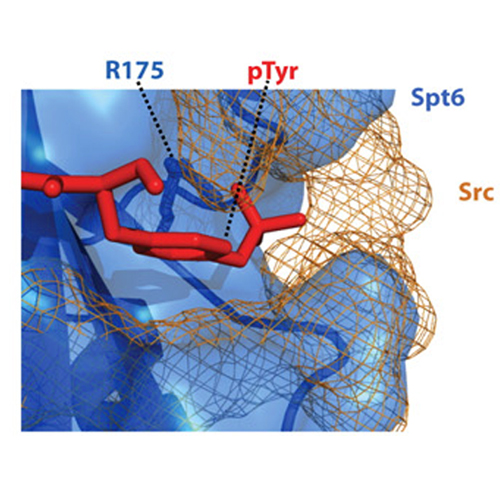The torpedo nuclease Rat1 is insufficient to terminate RNA polymerase II in vitro
17-Sep-2009
J. Biol. Chem., 2009, in press, doi:10.1074/jbc.M109.013847 published on 17.09.2009
J. Biol. Chem., online article
Termination of RNA polymerase (Pol) II transcription in vivo requires the 5’-RNA exonuclease Rat1. It was proposed that Rat1 degrades RNA from the 5’-end that is created by transcript cleavage, catches up with elongating Pol II, and acts like a torpedo that removes Pol II from DNA. Here we test the torpedo model in an in vitro system based on bead-coupled Pol II elongation complexes (ECs). Recombinant Rat1 complexes with Rai1, and with Rai1 and Rtt103, degrade RNA extending from the EC until they reach the polymerase surface, but fail to terminate Pol II. Instead, the EC retains an ~18 nt RNA that remains with its 3’-end at the active site and can be elongated. Thus, Pol II termination apparently requires a factor or several factors in addition to Rat1, Rai1 and Rtt103, post-translational modifications of these factors, or unusual reaction conditions.











